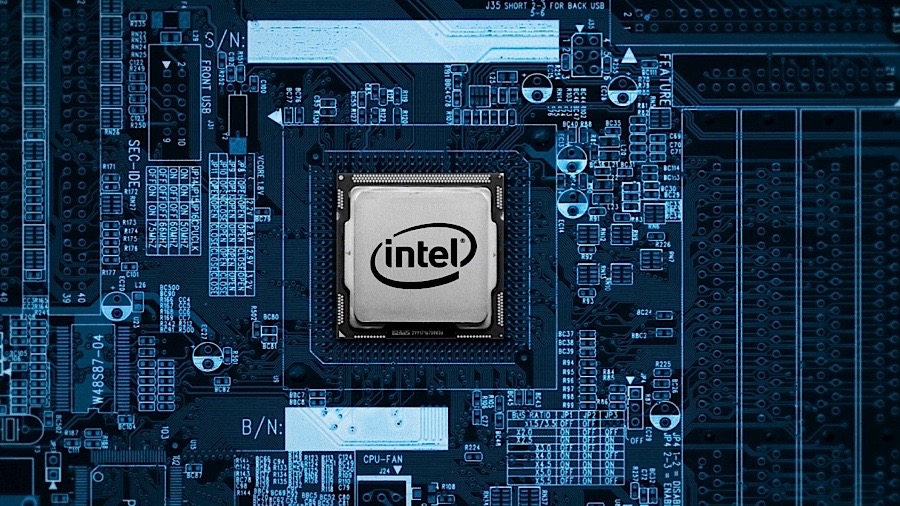
Intel's 6-year-old Haswell Pentium processor is making a comeback - but why now?
by Darren AllanIntel's 6-year-old Haswell Pentium processor is making a comeback - but why now?
Presumably due to stock shortages
(Image credit: Intel)
Fed up of rebooted movies? Or remakes of old games? Creativity and originality are dead in contemporary culture, you say? Well we’re not sure how you’ll feel about the prospect of ancient processors rising from the silicon grave, but this is exactly what Intel has done with its latest move in the CPU arena.
Intel’s Pentium G3420 is a Haswell chip based on a 22nm process which was released back in Q3 of 2013, over six years ago now, but as Tom’s Hardware spotted, it has been resurrected and is now back on the chip giant’s roadmap.
- Intel turns to Samsung for help keeping up with AMD?
- Intel CPUs aren't safe unless you disable hyper-threading?
- Check out how to overclock your CPU
In a product change notification document, Intel let customers know that: “Cancelling this Product Discontinuance completely per new roadmap decision and enabling the product long term once again.”
The dual-core Pentium processor, which has a base clock speed of 3.2GHz, will apparently be sold through to May 2020.
What is dead may never die
So what’s this all about then? Surely no one wants to buy an old and crusty Pentium which was first released six years ago?
Well, no, not in the consumer sphere anyway, but this chip is aimed at PC manufacturers (for use in cheap builds) and the likes of the embedded market and thin clients.
The reason it could have been brought back, as Tom’s Hardware theorizes, is perhaps to help cope with demand in such markets, given that Intel is struggling to make enough contemporary CPUs (and thus might need to fall back to an older process, to help pick up some of the slack).
We recently heard Intel apologize for these processor shortages, which have been ongoing for some time now, and are set to remain a problem.
Investing ‘record’ levels of capital to boost 14nm production throughout the course of 2019 simply hasn’t been enough, and we have previously heard that Intel has shifted to use 22nm on CPUs which are on the fringe to help deal with demand – and arguably that might be the case here.
- Check out the best gaming PCs of 2019